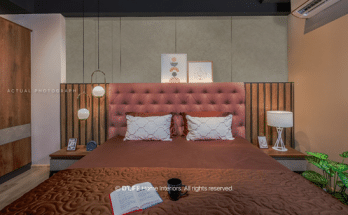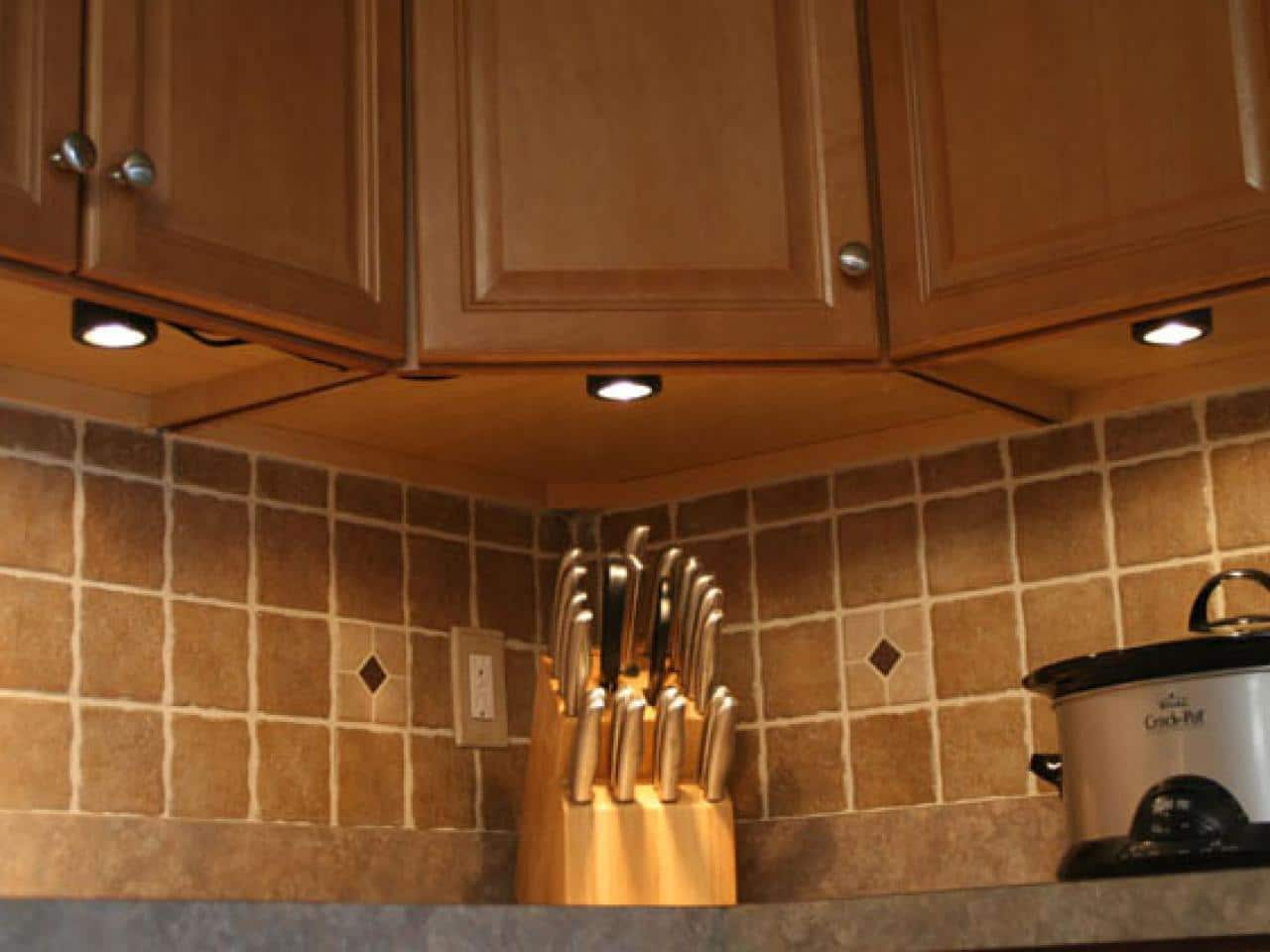A whole-house humidifier can make a home more comfortable during winter when the furnace dries out the indoor air. It can also ease congestion, irritated eyes, and skin and protect wood furnishings.
However, choosing a model that’s right for your home is important. This guide explores the different types of whole-house humidifiers to help you decide.
Evaporative Humidifiers
When humidity is too low, it can cause problems for people, pets and plants. Dry air irritates the eyes, nose and throat. It can also cause floorboards to creak, gaps to form in walls and ceilings, wood furniture to crack and books to warp. Whole house humidifers can solve these issues.
These units are quiet and energy-efficient. They can emit cool or warm mist and are suitable for use throughout the year. They also generate fewer particles than ultrasonic units, making them child and pet-friendly. However, they must be cleaned regularly because they can disperse bacteria and mold into the air, causing hypersensitivity pneumonitis (humidifier lung).
An evaporative humidifier works by forcing air over a filter or wick and absorbing moisture as it passes through. It is usually bulkier than an ultrasonic humidifier, as it needs room for the fan and a wick filter. It also produces some dust over time, but distilled water will help reduce the dust.
Evaporative Bypass Humidifiers
Unlike small portable units requiring frequent water refilling and movement to distribute humidity, whole-house humidifiers operate automatically as they connect to your furnace system. They can be set to a specific humidity level and operate until that level is reached, allowing you to avoid the frustration of changing and cleaning multiple single-room units.
These devices draw warm air from your ductwork and pass it through a moistened filter. This moisture will then be distributed throughout your home. They can be installed on the supply or return plenum of your HVAC system and are suitable for both ducted and non-ducted systems.
They can benefit you if you live in an arid climate, encounter seasonal winter dryness or struggle with respiratory conditions that worsen due to low humidity levels. Additionally, they can prevent wood furniture and flooring from cracking or warping from exposure to low relative humidity. They also offer a lower initial cost than a dehumidifier.
Steam Humidifiers
Steam humidifiers use electricity to boil water, which adds vapors to the air and creates moisture. These systems heat the air slightly, ideal for colder months. They may have more mineral buildup than other humidifiers, so you must clean the unit daily.
Humidifiers help to reduce sinus congestion, itchy skin, and snoring. They also make breathing easier and protect wood furnishings from cracking due to dryness. Dry winter air can aggravate respiratory illnesses and increase the spread of germs, so using a humidifier helps to prevent sickness.
Investing in a quiet humidifier is a good idea, especially if you have kids or pets. Humidifiers that use ultrasonic or evaporative technology are typically the quietest. Some models are so quiet that you’ll hardly notice them working. Larger models are also less noisy than smaller ones. If you’re considering a whole-house model, check whether it meets minimum noise criteria.
Self-Contained Humidifiers
Humidifiers add moisture to indoor air, helping to keep it healthy and comfortable. Healthy humidity levels between 40 and 60 percent promote good indoor air quality. Humid air reduces the chances of catching colds and flu and makes breathing easier, especially for people with asthma. It also helps wood floors, furniture and molding remain intact and prevents static electricity that ruins electronic gadgets and causes hair to frizz.
Humidifiers can help save energy costs in the winter. Because humid air feels warmer than dry air, you’ll be more likely to turn the thermostat down a little, saving money on heating costs.
Ducted whole-house humidifiers work with your forced air heating system to introduce water vapor into the air supply. They’re an install-it-and-forget-it solution, requiring very little from homeowners beyond periodic evaporator panel replacements. For homes without ductwork, a self-contained whole-house evaporative humidifier will suffice. These units draw air through a fan, passing it over a water-soaked evaporator panel to create the vapor, and then blow it into the home or workplace.



